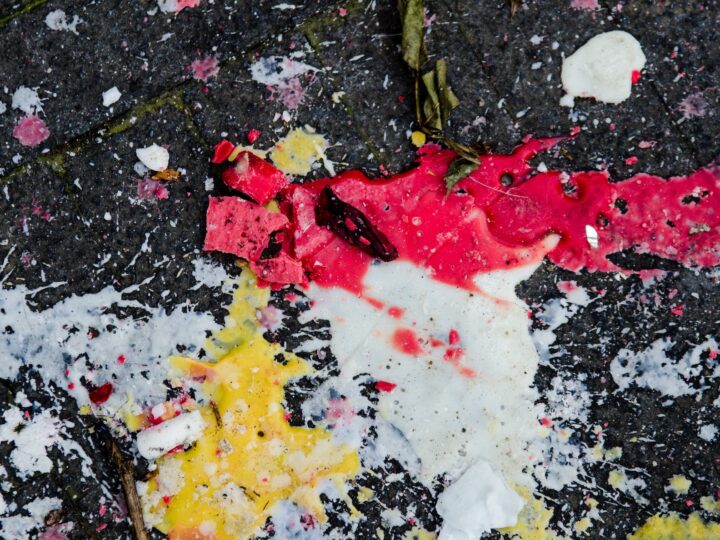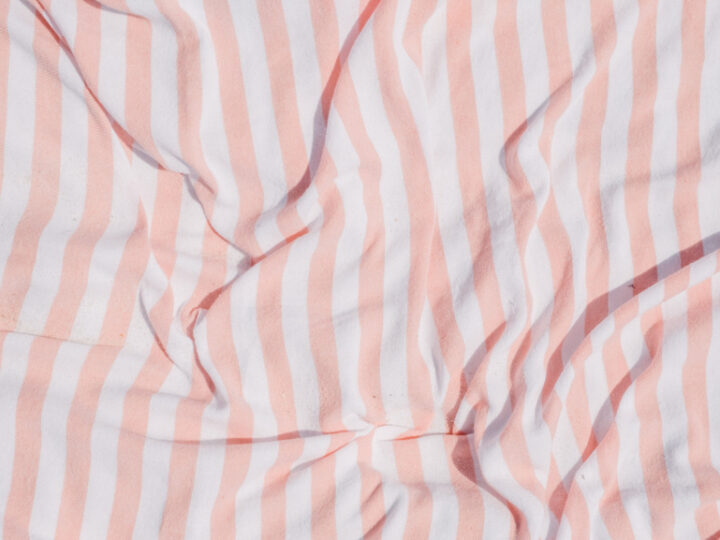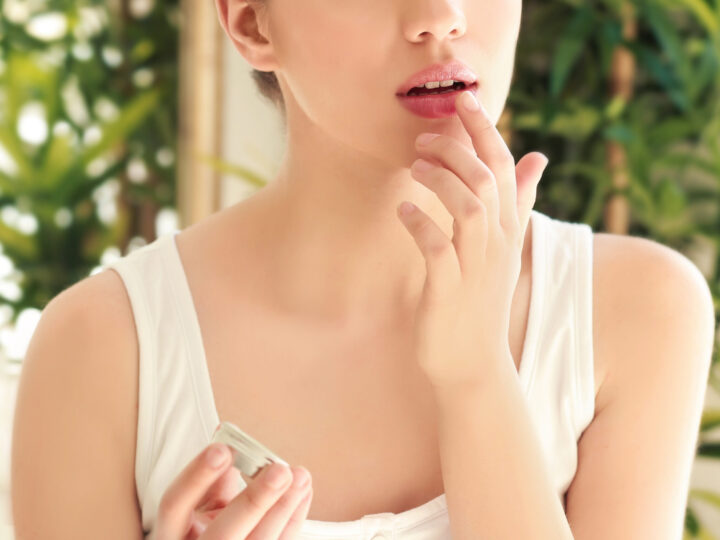LIVING THE SHINGLES NIGHTMARE?
Ease Shingles Pain with These TCM Treatments

If you’re like most people with Shingles, you’re likely unsatisfied with your current treatment regime. As more and more Westerners are affected by Shingles, the outcry for more effective treatment has led many to explore Eastern medicine as many find more relief from these alternative treatments.In fact, studies have shown that Traditional Chinese Medicine (TCM) treatments can actually work better than Western medicine when it comes to battling the shingles beast. In three different studies, TCM practices of acupuncture and herbal treatments came out on top over the antiviral drugs typically prescribed by doctors for shingles.
Acupuncture for Shingles

Believe it or not, those tiny needles might make a big difference in your level of pain when dealing with a case of shingles. Several studies have shown that acupuncture is more effective at reducing shingles-related pain than Western medications.
Acupuncture can target pain specifically, and your treatment will be tailored to meet your needs. In many cases, there are certain acupoints that are commonly linked to shingles. Two of these points your acupuncturist might include in your treatment are LI4 (Hegu) and LI11 (Quchi). LI4 (Hegu) is a point located between your thumb and pointer finger while LI11 (Quchi) is in the fold between your upper and lower arm, directly across from the elbow.
Additional points will be added based on the cause and severity of your shingles. An example of this is the acupuncture point SP6 (Sanyinjiao). This point is about four finger-widths above your ankle and might be an acupuncture point used if you have significant ‘damp’ or ‘heat’ in your spleen or stomach meridians. Be sure to communicate with your acupuncturist on your level of pain and any questions you may have during treatment.
Herbal Treatments for Shingles

In Traditional Chinese Medicine, the herbal treatments are believed to be one of the most powerful steps in recovering from shingles. Because the body is more than just its individual parts, shingles must be treated holistically. Attention is paid to the trauma occurring externally, on the skin rashes and blisters, as well as the internal pathogens creating the bodily imbalances.
A common herbal mix prescribed for patients suffering from shingles is called ‘Long Dan Xie Gan Tang’. This treatment can combine somewhere between 9-14 different herbs to create a concoction designed to ease pain, reduce feelings of itchiness, minimize the spread of the virus, and treat other specific symptoms the patient might be experiencing like constipation or extreme blistering. Some of the herbs that might be included are astragalus, Chinese foxglove root, plantain seed, atractylodes, woad, ginger, indigo, gardenia, myrrh, and peony.
Your TCM practitioner may or may not prescribe you the herbs listed above. But don’t worry! There are over 300 commonly used Chinese medicinal herbs in TCM and each have different benefits and combinations that can be used to treat many different conditions. As long as you’re working with a licensed TCM practitioner, they’ll be able to put together an herbal treatment plan that’s tailored to your needs.
How to Ease Shingles Pain at Home

While most TCM treatments need to be prescribed or performed by a licensed professional, here are a few ideas you can try at home to help make the pain a bit more bearable. Even if you’re new to holistic practices and don’t necessarily have a green thumb, you can prepare these simple solutions in your own kitchen. Be sure to check in with your doctor to make sure your at-home solutions work with your recovery plan.
One simple method for shingles relief is applying St. John’s wort oil to painful areas of the skin. In Chinese, this herb is referred to as ‘guan ye lian qiao’. Studies have shown that this oil can provide relief to skin wounds and abrasions when gently massaged into the skin three to four times per day. You can prepare the oil from the plant itself, but the way to quicker relief is by picking up a bottle from a professional herbalist or TCM practitioner.
If you’re a fan of tea, this tip might be the one for you. Another easy at-home practice is brewing a cup of lemon balm tea. Studies have shown that lemon balm has powerful antiviral effects and can help reduce the spread of an existing virus, like shingles. Many practitioners suggest brewing this tea on the strong side, about a cup of lemon balm leaves for every quart of water. After your tea is brewed, take those tea leaves out, strain them, and apply them to your troubled skin areas as a compress. You can repeat this process three or four times per day while you sip on your tea. Feel free to make your compress cool or warm depending on what feels best.
Your lifestyle habits during shingles recovery can also play a part in how quickly you’re back to your normal life. Many TCM practitioners suggest avoiding eating very hot or spicy foods, processed and junk foods, or drinking alcoholic beverages while you have shingles. It’s believed that these types of foods will add to the ‘damp’ and ‘heat’ as mentioned above and perpetuate those nasty symptoms. Be sure to care for your body by eating healthy, nutrient-rich foods and keeping your environment calm and peaceful while you heal to help speed up the recovery process.
TCM Diagnosis of Shingles
While technically anyone can get shingles, you’ll want to be especially wary of it if you’re over the age of 50 as most cases occur after this point. But what causes shingles? The answer might vary depending on who you ask. Most Western doctors attribute shingles to all kinds of causes like excessive stress, fatigue, chemotherapy, skin injuries, and immune-compromising conditions like cancer, AIDs, or after a childhood exposure to chicken pox.
Shingles are described very differently In Traditional Chinese Medicine, however. Let’s break down some of the key terms you’re likely to hear. In TCM, the root of shingles lies in the lingering pathogens occurring along the meridians of the liver or gall bladder. Meridians are the key zones of the body through which it’s believed energy flows. There are 12 primary meridians, most of which are distinguished by the name of an organ.
The pathogens hovering in one of these meridians might also be described as being ‘damp’, ‘heat’, or ‘wind’. If your diagnosis includes ‘damp’, the shingles rashes will probably be on the lower half of your body on your legs with quite a few large blisters. A diagnosis of ‘heat’ means your shingles are likely resulting in especially red and painful rashes, while a ‘wind’ label means your shingles will be very itchy and likely occur on the upper half of your body.
Don’t let these new terms overwhelm or discourage you, though! While the cause of shingles under TCM might seem complex, the treatments are actually pretty simple. Acupuncture and herbal remedies can help ease the pain of the rashes and blisters caused by shingles.
Comments (0)
Leave a reply
You must be logged in to post a comment.




